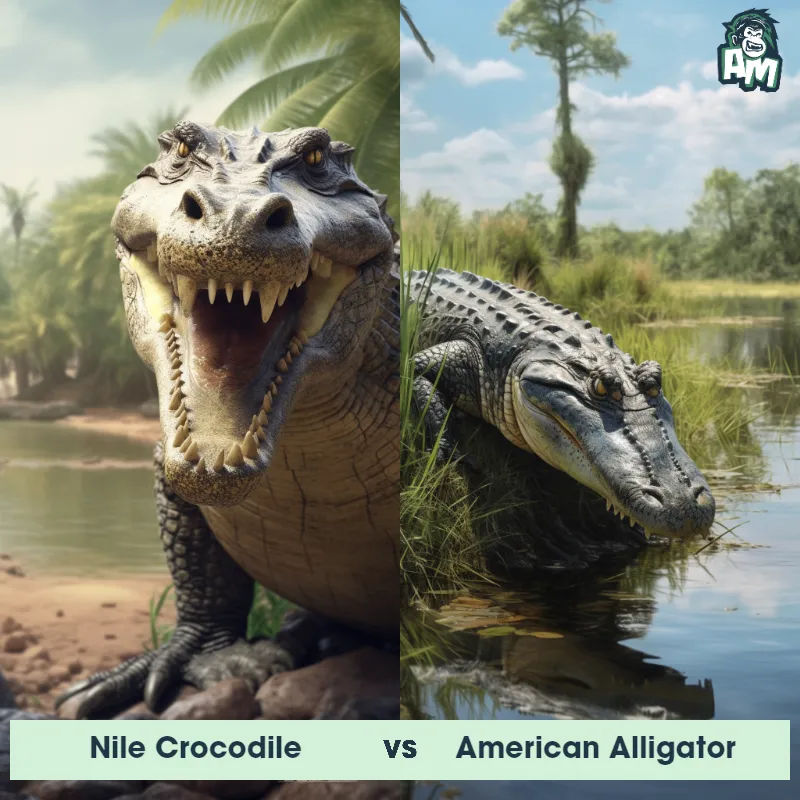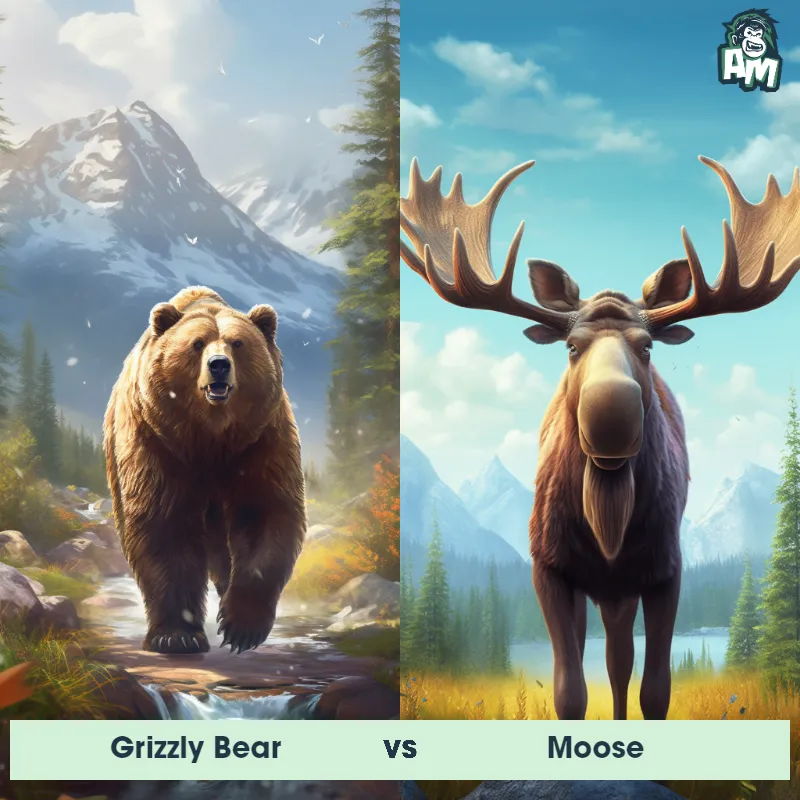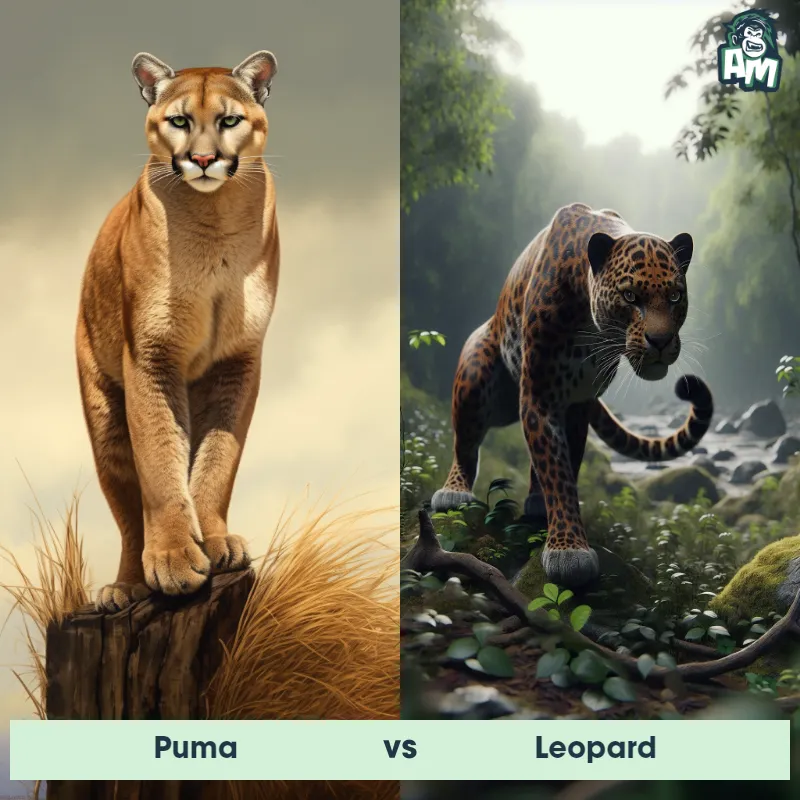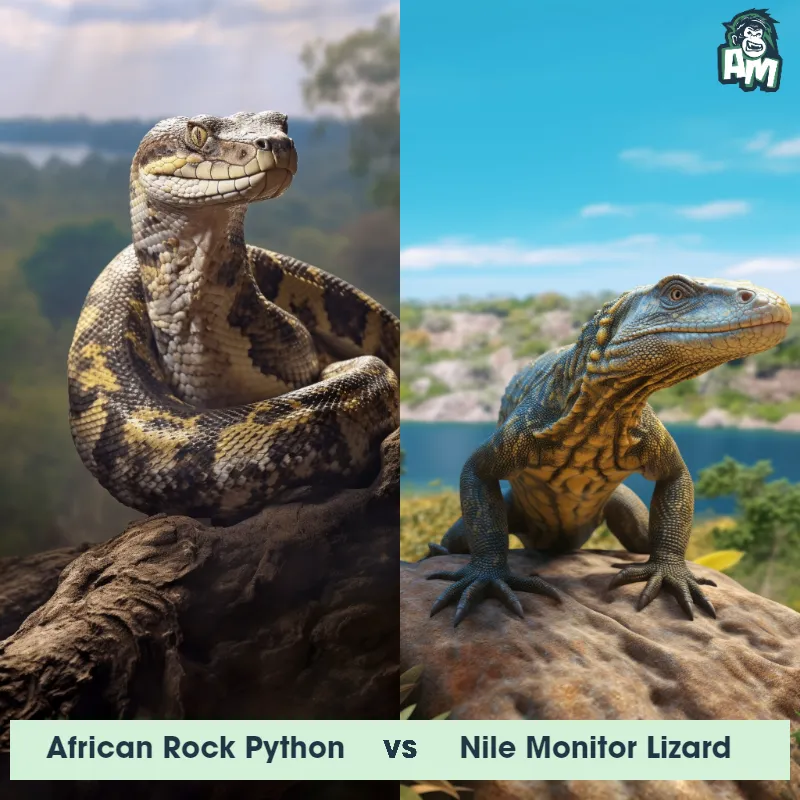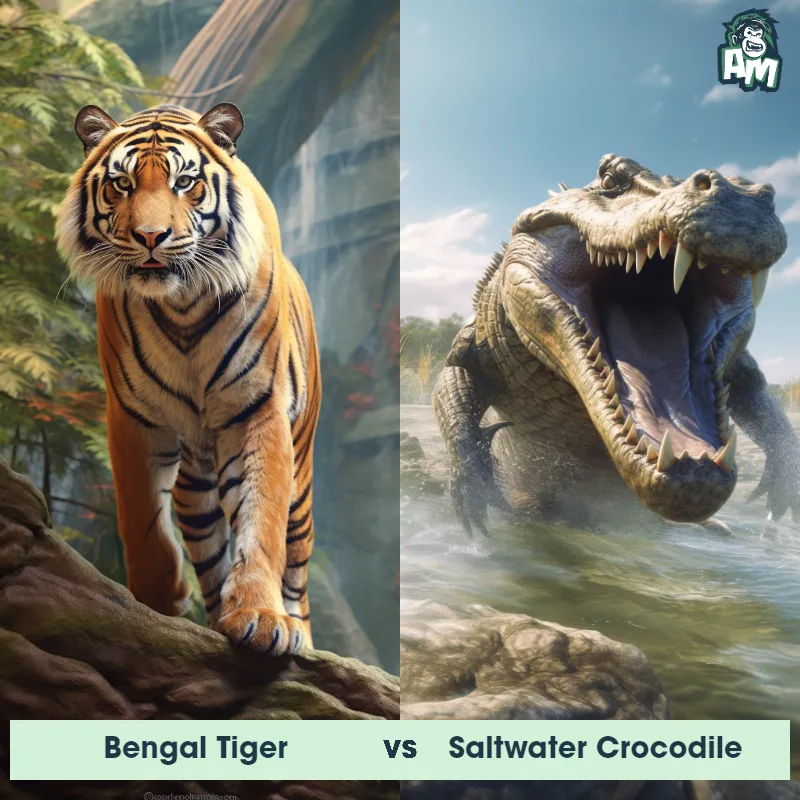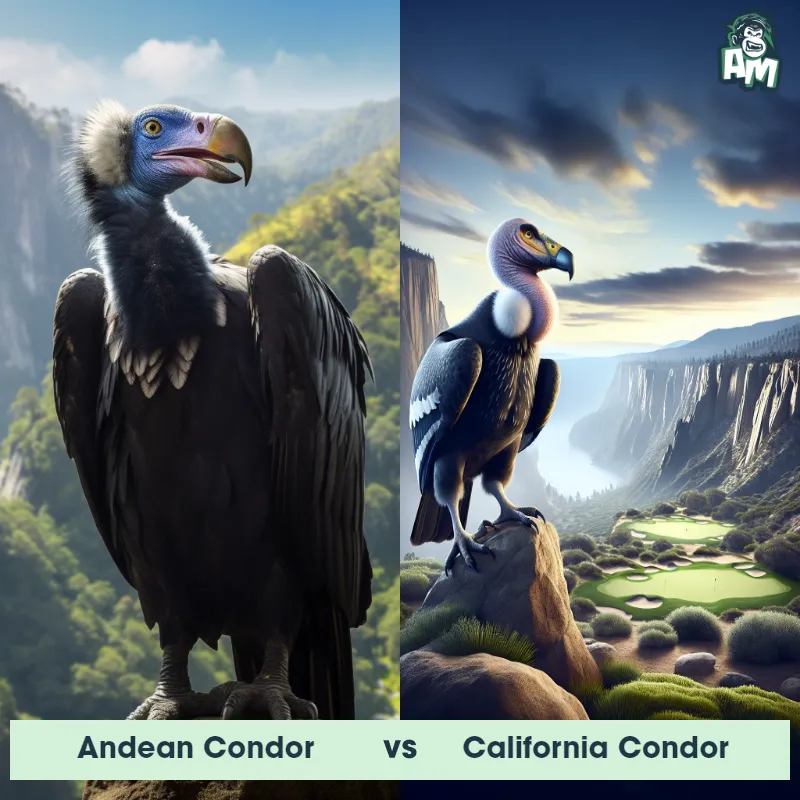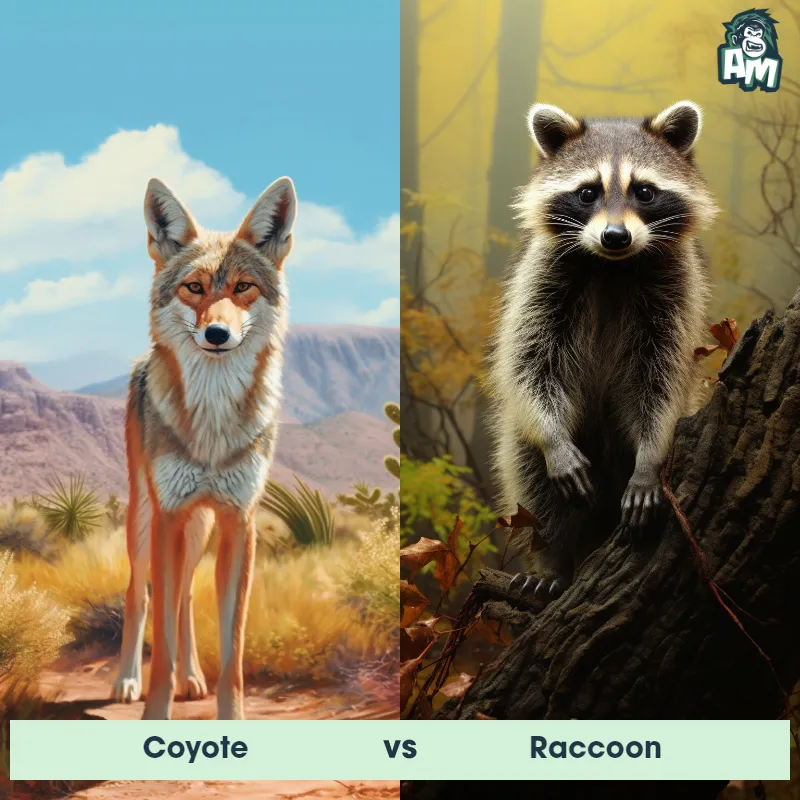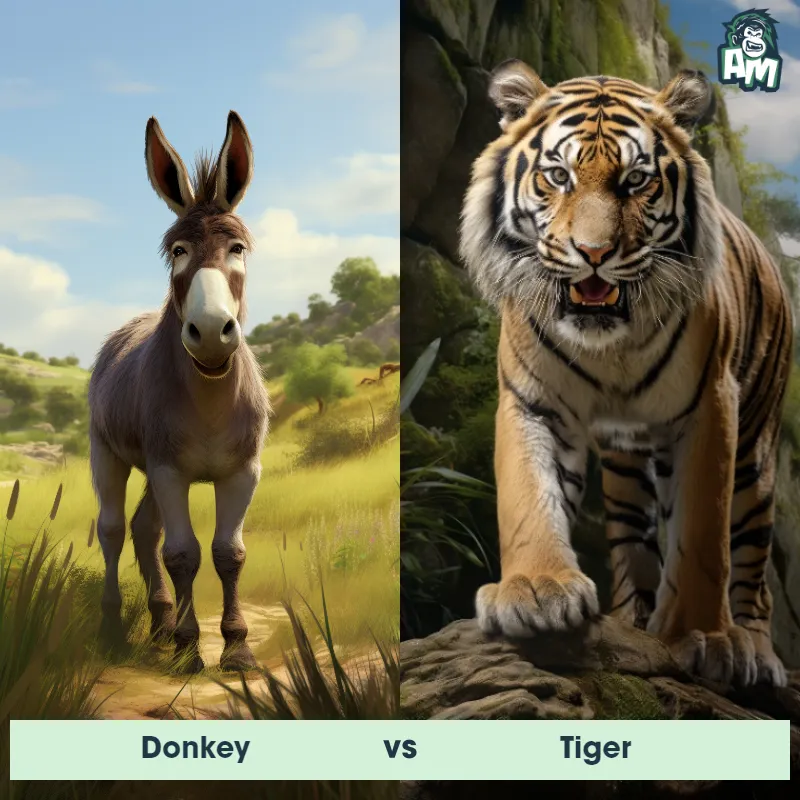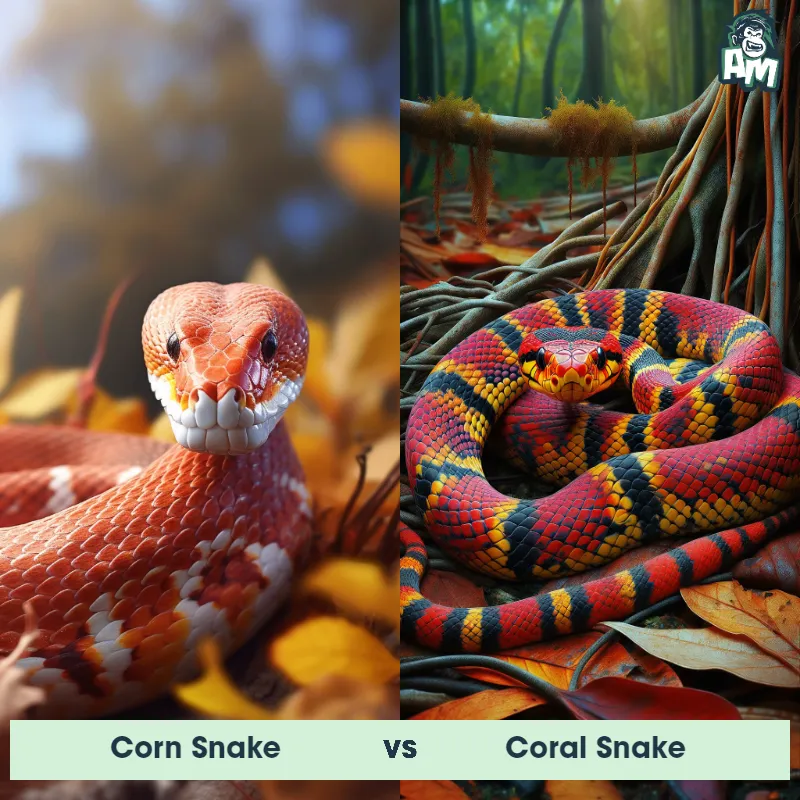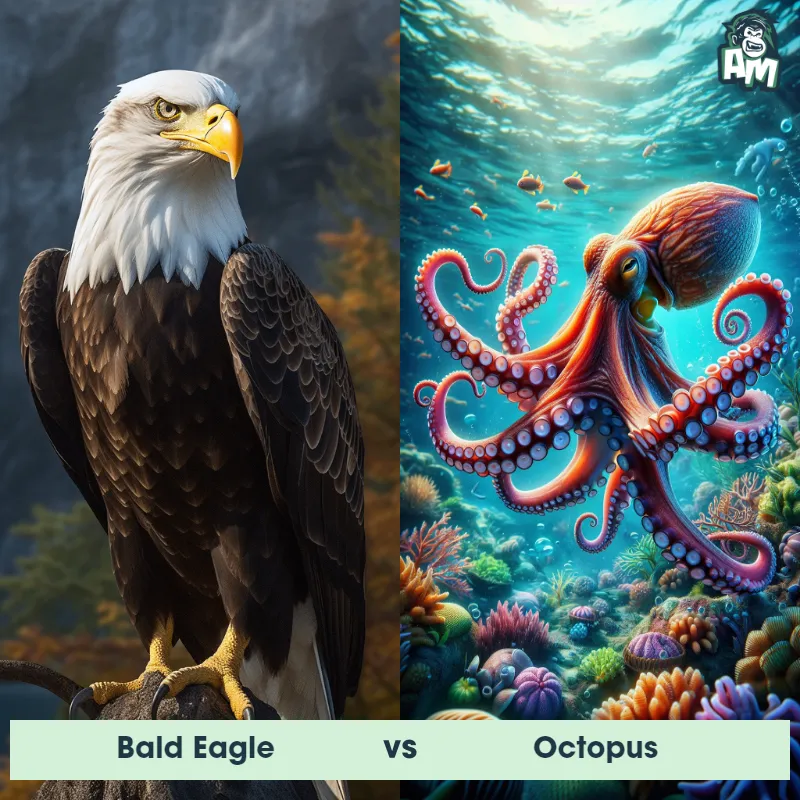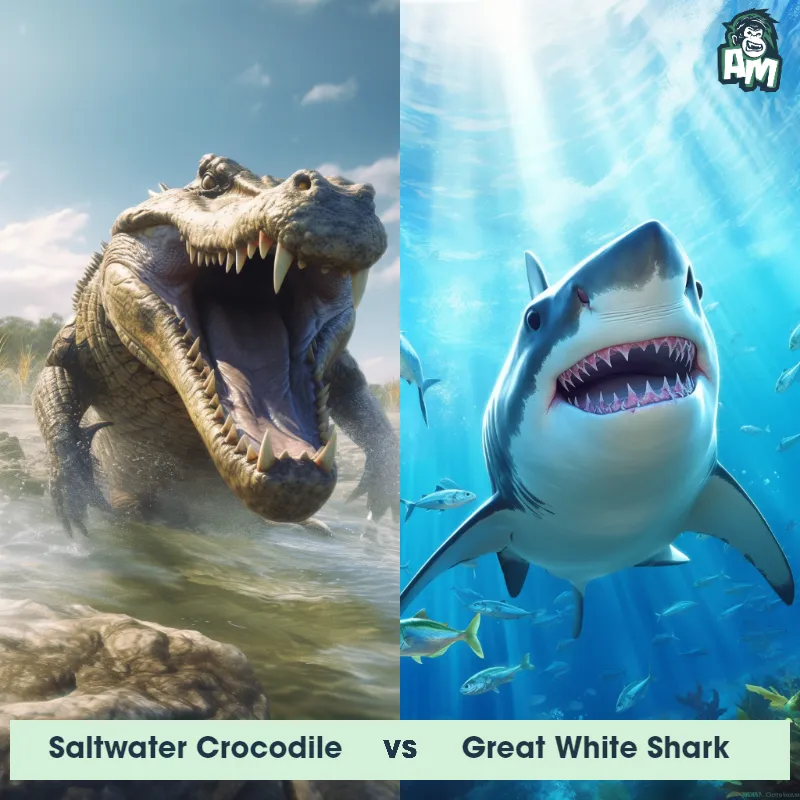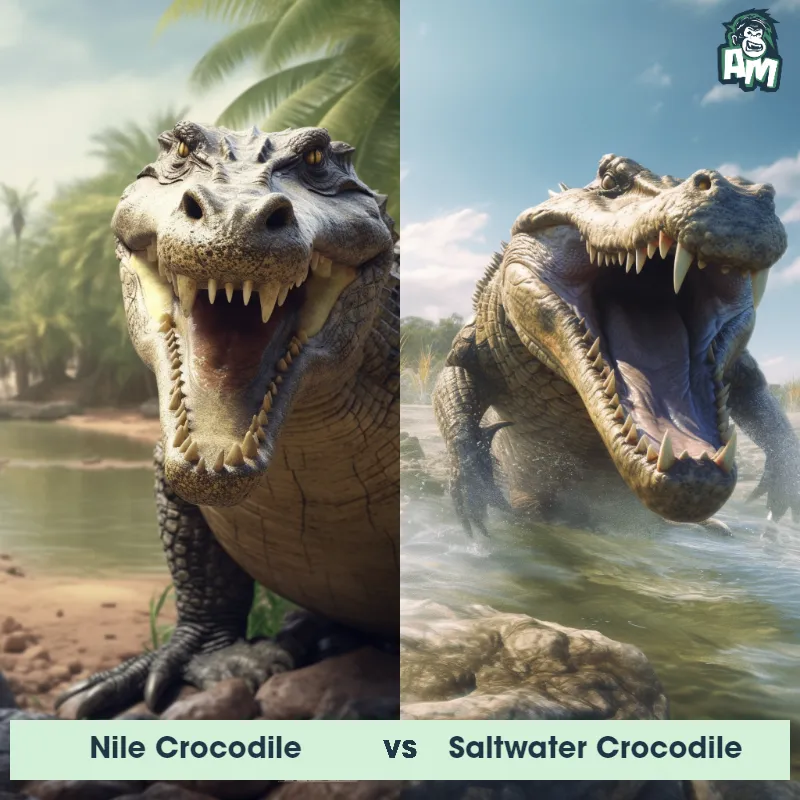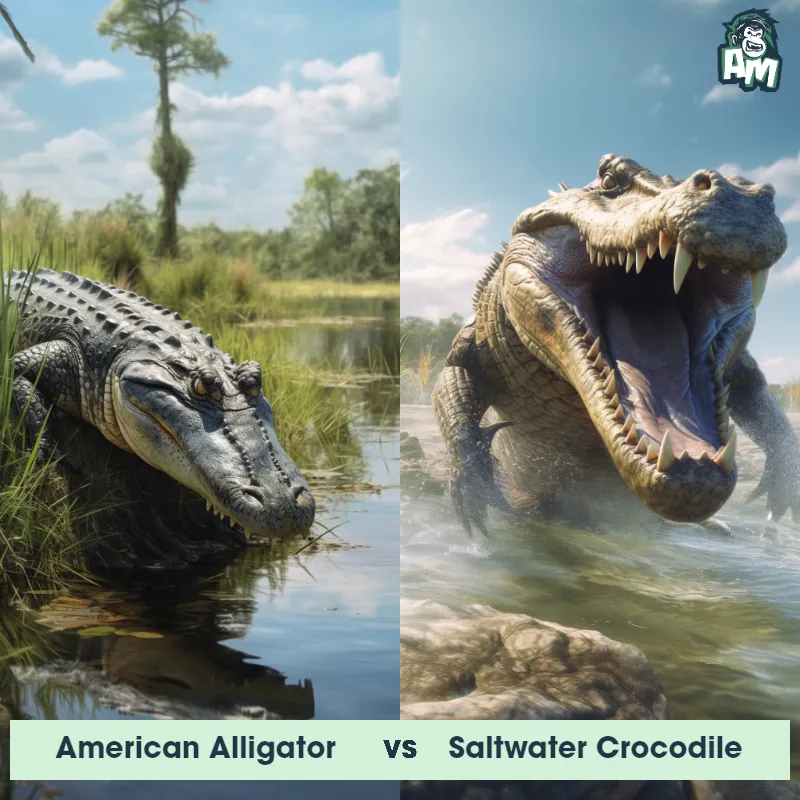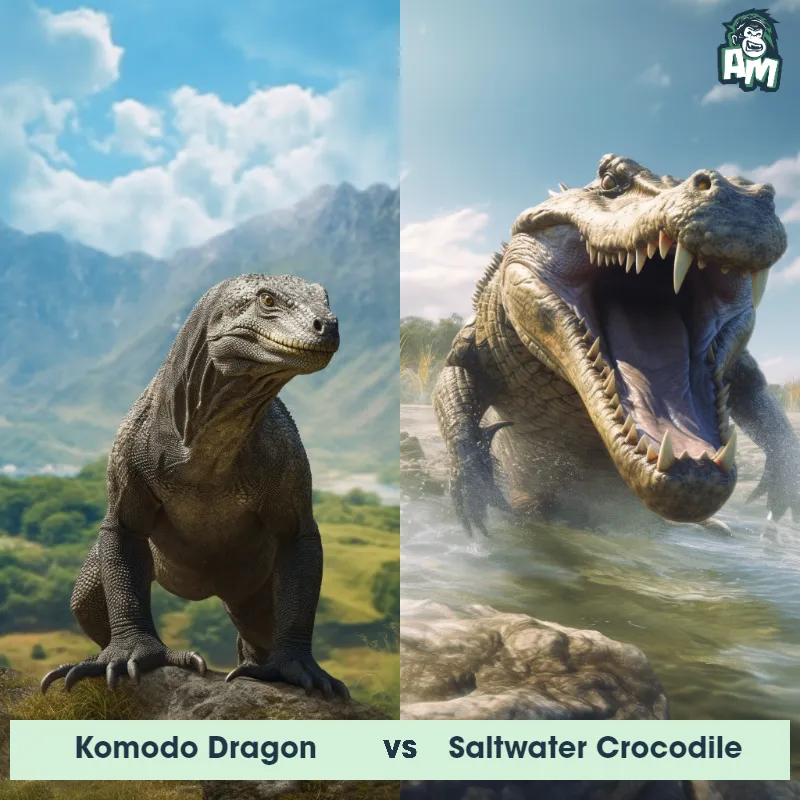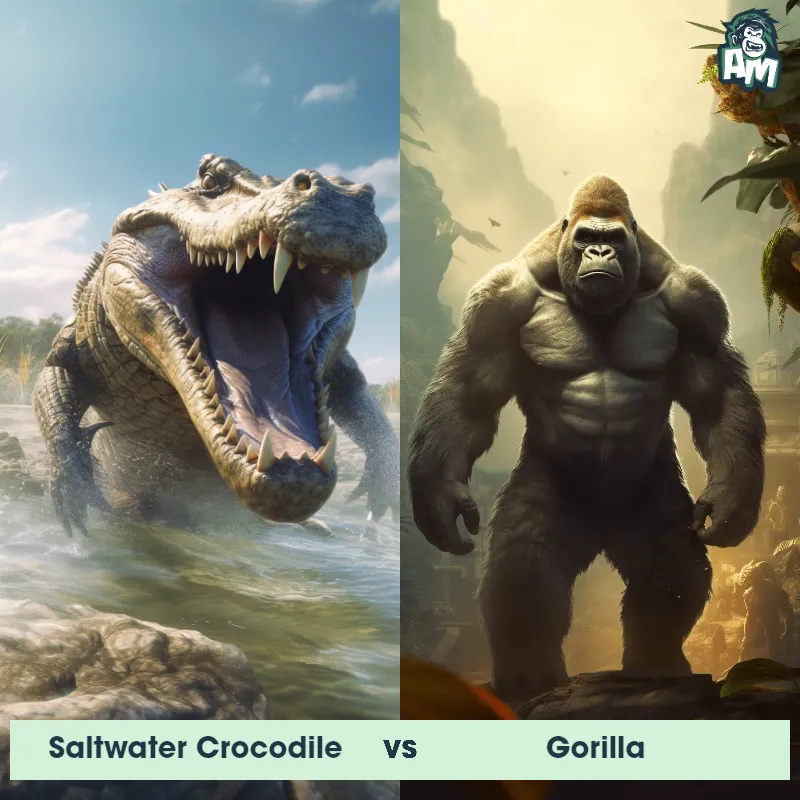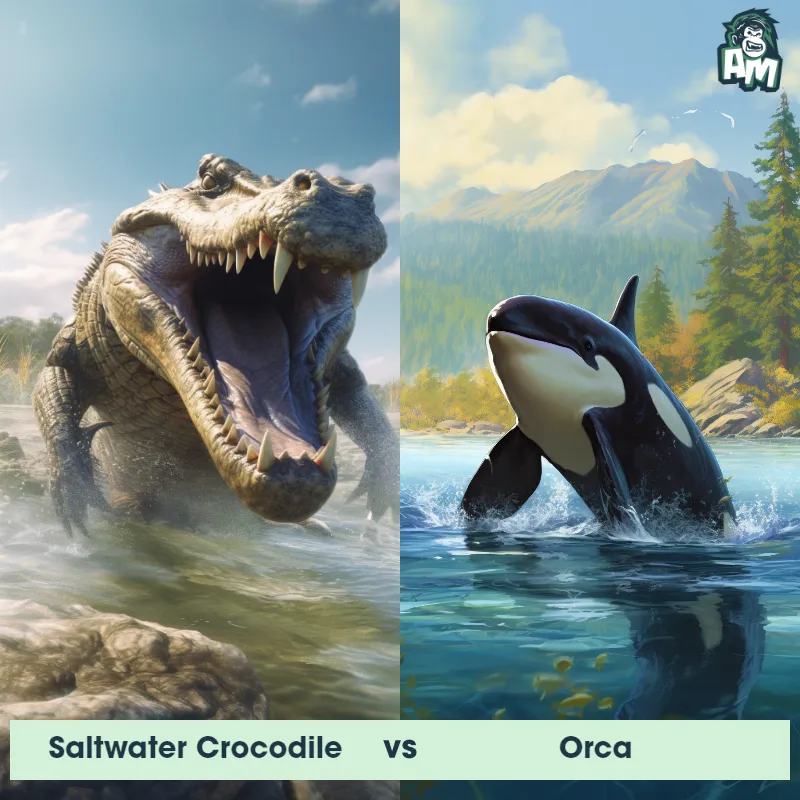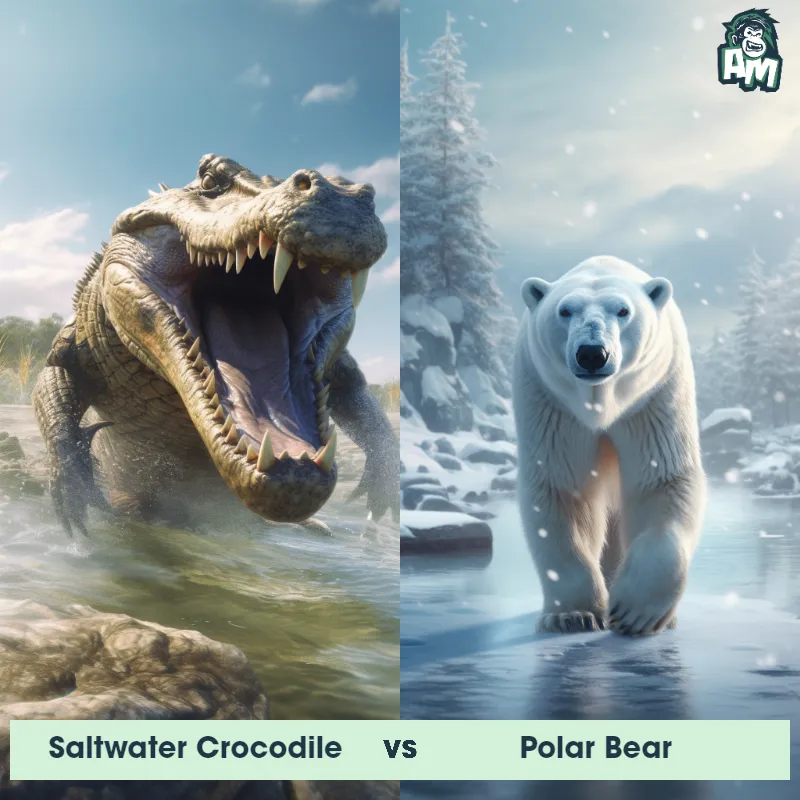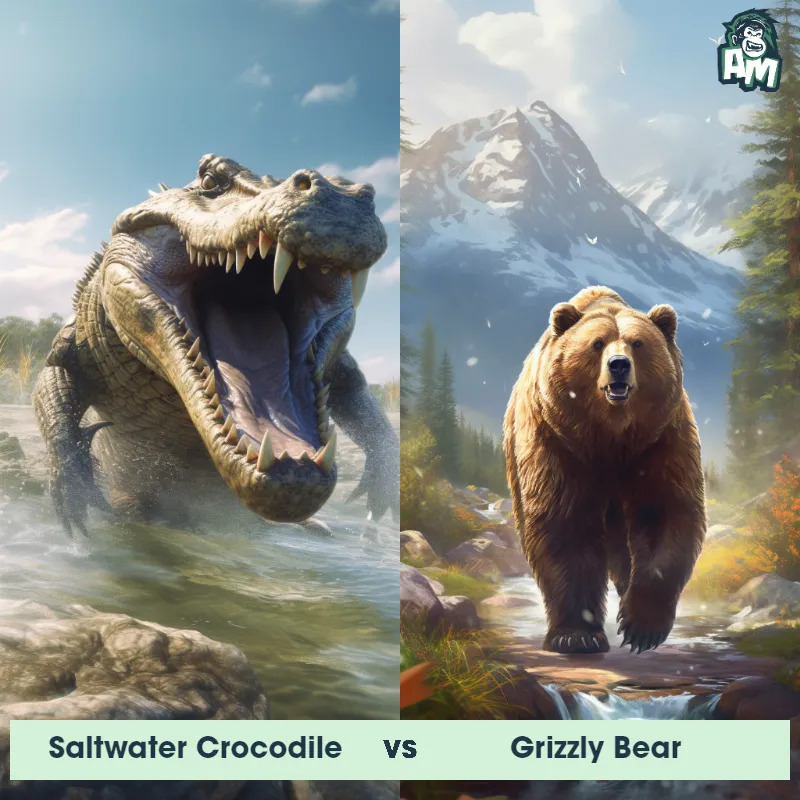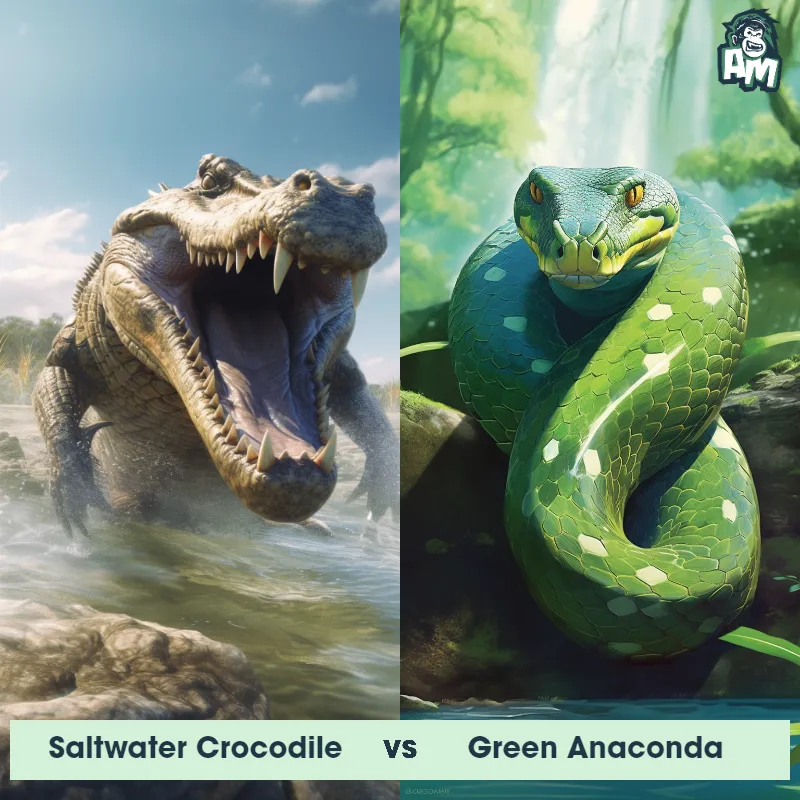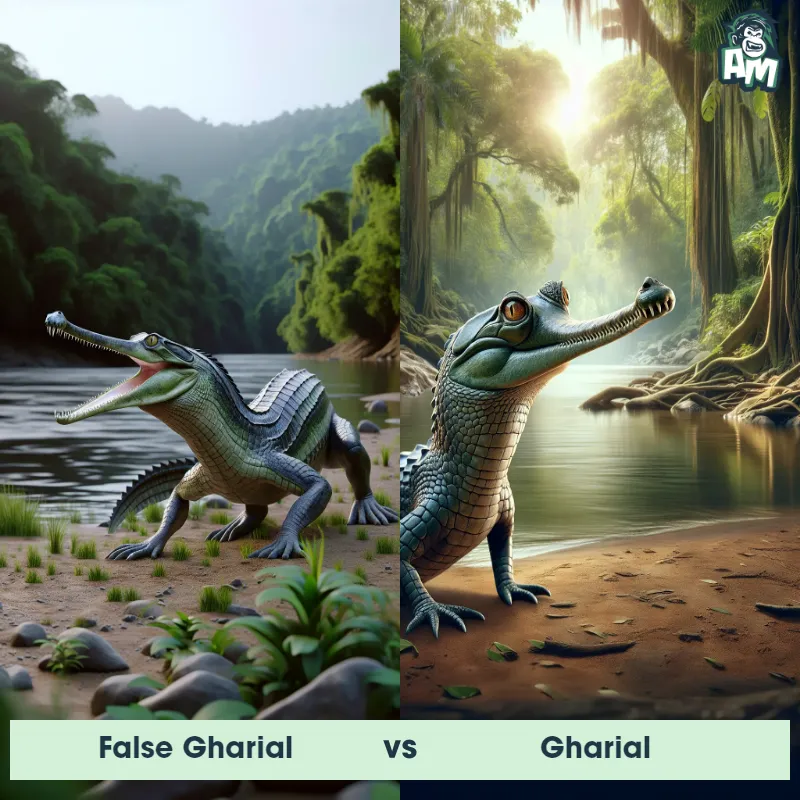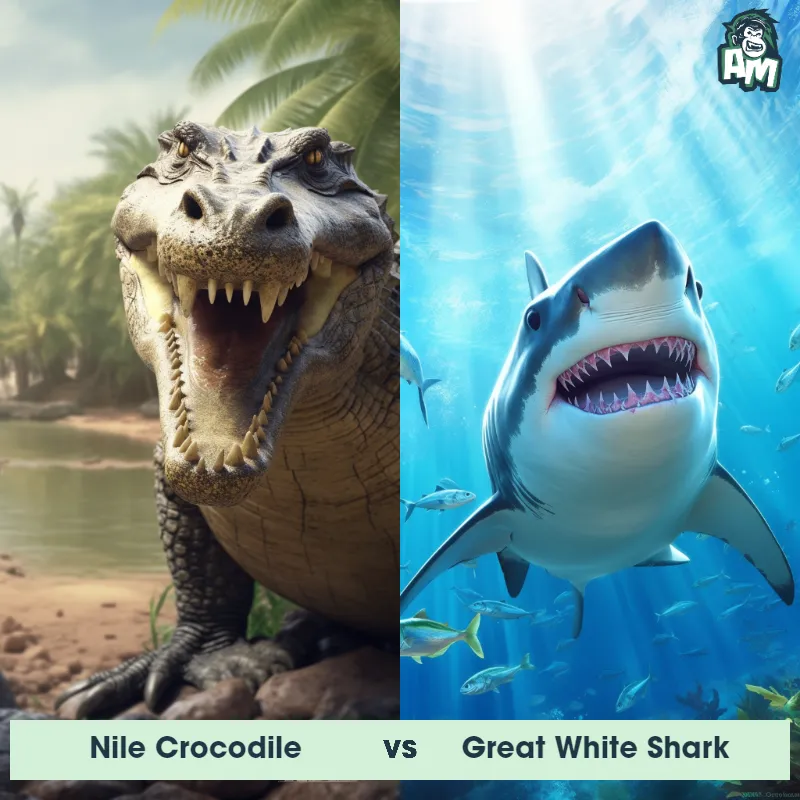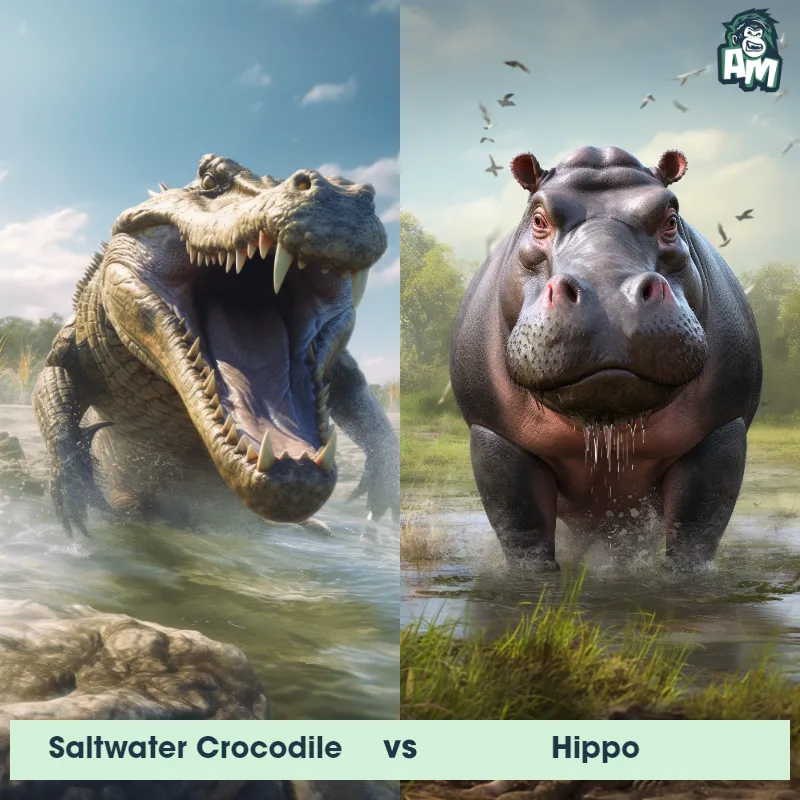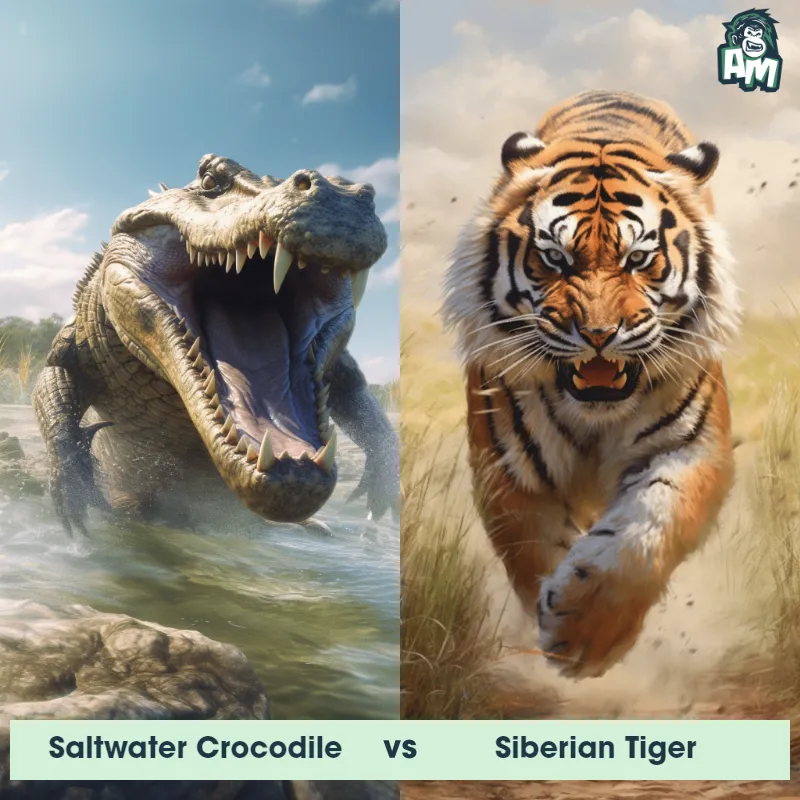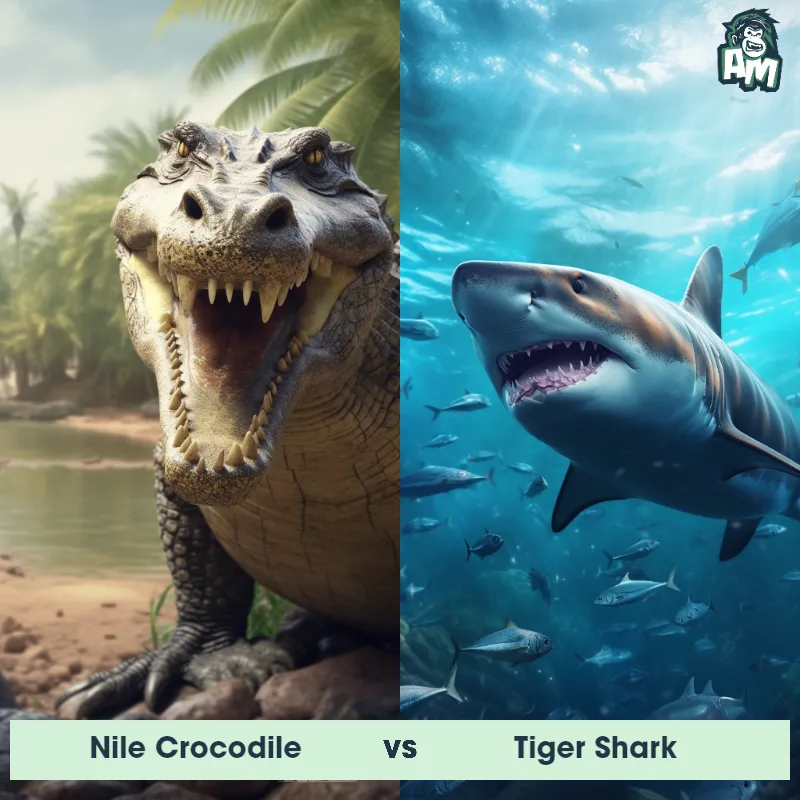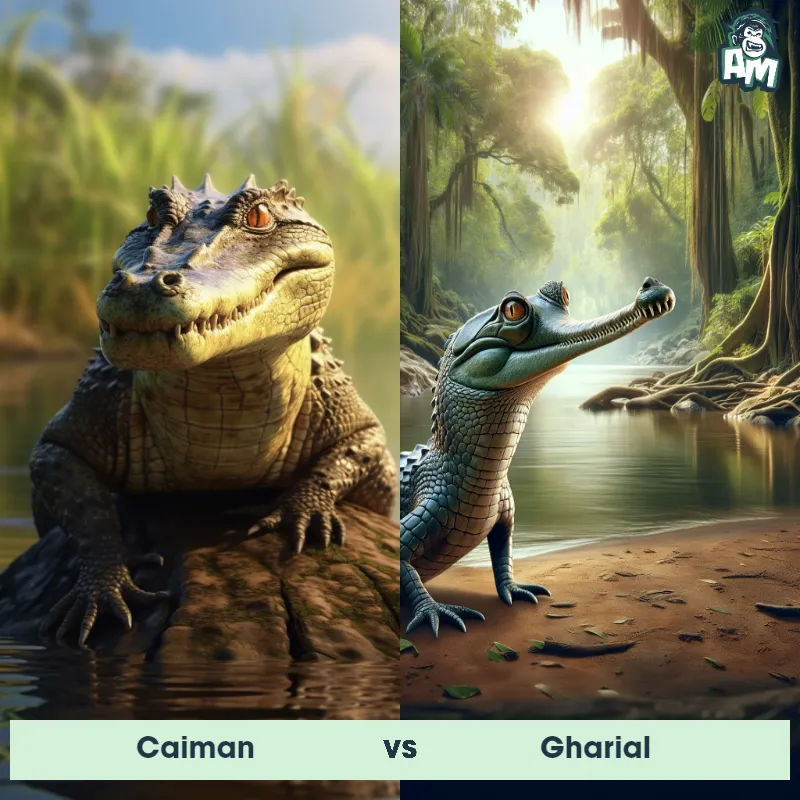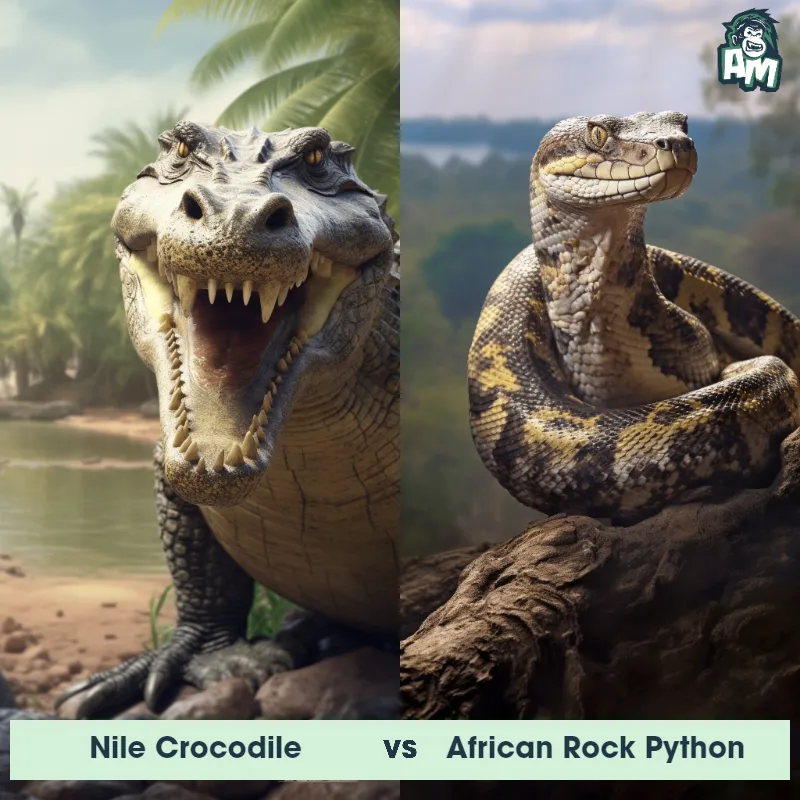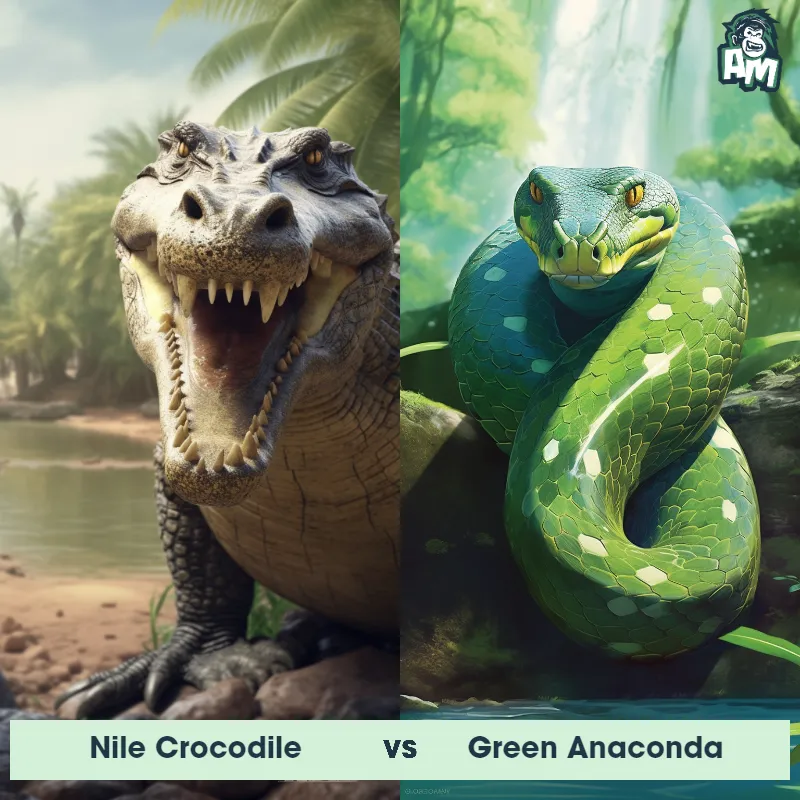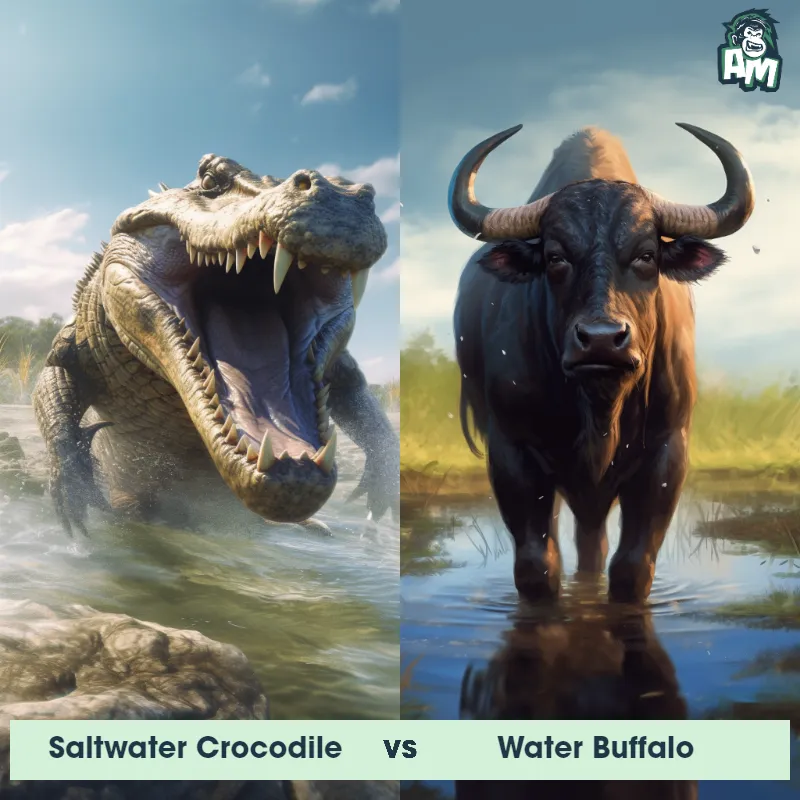Gharial vs Saltwater CrocodileSee Who Wins

Ladies and gentlemen, today we're treated to a riveting clash between two of the most iconic reptiles of the aquatic world! On one side, we have the Gharial, a specialized fish-eater with a slender snout bristling with sharp teeth. On the other, the Saltwater Crocodile, a true behemoth known for its sheer power and dominance in its habitat. As the waters ripple with anticipation, let's witness this jaw-dropping face-off!
Contender 1: Gharial
The Gharial, also known as the Indian Gharial, is a critically endangered species of crocodilian found in the rivers of India and Nepal. It is easily recognizable by its long, slender snout, which is filled with over 100 sharp teeth. The Gharial has a light brown or olive-green body with dark spots or stripes, and can grow up to 20 feet in length and weigh up to 2,000 pounds. Unlike other crocodilians, the Gharial has a narrow, fish-like tail and webbed feet, which make it an excellent swimmer.
Fun Fact: Despite its fearsome appearance, the Gharial is actually a very gentle creature that feeds almost exclusively on fish, using its long snout to catch them in the water. In fact, its teeth are not designed for tearing flesh, but rather for holding onto slippery fish.
Contender 2: Saltwater Crocodile
The Saltwater Crocodile, also known as the estuarine crocodile, is the largest living reptile in the world, with males reaching up to 23 feet in length and weighing over a ton. They have a powerful jaw with over 60 teeth and are covered in tough, scaly skin that ranges from grayish-brown to black in color. They are found in the brackish and freshwater habitats of Southeast Asia and Northern Australia and are known for their aggressive behavior towards humans.
Fun Fact: Saltwater Crocodiles have the strongest bite force of any animal in the world, with a bite strength of up to 3,700 pounds per square inch, which is strong enough to crush a car.
Matchup Stats
| Gharial | Saltwater Crocodile | |
|---|---|---|
| Size | Up to 20 feet (6.1 meters) | Up to 23 feet (7 meters) |
| Weight | Up to 2,000 pounds (907 kilograms) | Over a ton (1,000 kg) |
| Speed | Speed: 6 mph (9.6 km/hr) | Land Speed: 11 mph (18 km/hr) |
| Key Strength | Powerful jaws and long snout for catching fish | Powerful jaw with 64-68 teeth and strongest bite force of any animal in the world |
| Biggest Weakness | Teeth not designed for tearing flesh | Slow on land and vulnerable to attacks on the soft underbelly |
Current Votes
Gharial vs Saltwater Crocodile
See Who Wins
View More Matches
Looking For More?
Similar Matches
Scientific Stats
| Gharial | Saltwater Crocodile | |
|---|---|---|
| Scientific Name | Gavialis gangeticus | Crocodylus porosus |
| Family | Gavialidae | Crocodylidae |
| Habitat | Rivers | Brackish and freshwater habitats |
| Geography | India and Nepal | Southeast Asia and Northern Australia |
| Diet | Fish | Carnivorous, preys on fish, birds, mammals, and other reptiles |
| Lifespan | 30 years - 60 years | 70 years - 100 years |
Key Differences between Gharial and Saltwater Crocodile
- Teeth visibility: When the jaws are closed, the fourth tooth of the Saltwater Crocodile's lower jaw is visible, protruding from the upper jaw. This is not the case for Gharials, as their teeth are completely hidden when their mouths are closed.
- Snout shape: One of the most noticeable differences is the shape of their snouts. The Gharial has a long, thin snout that resembles a narrow, pointed beak, while the Saltwater Crocodile has a broader and more rounded snout.
- Head shape: The head of a Saltwater Crocodile is larger and more robust, with a prominent bony ridge running between its eyes, giving it a more formidable appearance. In contrast, the Gharial has a narrower head with a bulbous growth on the tip of its snout, known as a "ghara" or "pot," which is absent in Saltwater Crocodiles.
- Tail shape: The tail of a Saltwater Crocodile is broad and muscular, tapering to a point, whereas the Gharial has a slender, elongated tail that is flattened towards the end.
- Size: The Saltwater Crocodile is significantly larger than the Gharial. While adult Saltwater Crocodiles can reach lengths of up to 23 feet, Gharials are comparatively smaller, with males typically measuring around 15-18 feet.
- Body coloration: Saltwater Crocodiles have a darker, almost black coloration on their back and sides, while Gharials have a lighter, grayish-green coloration with distinct dark spots or bands.



